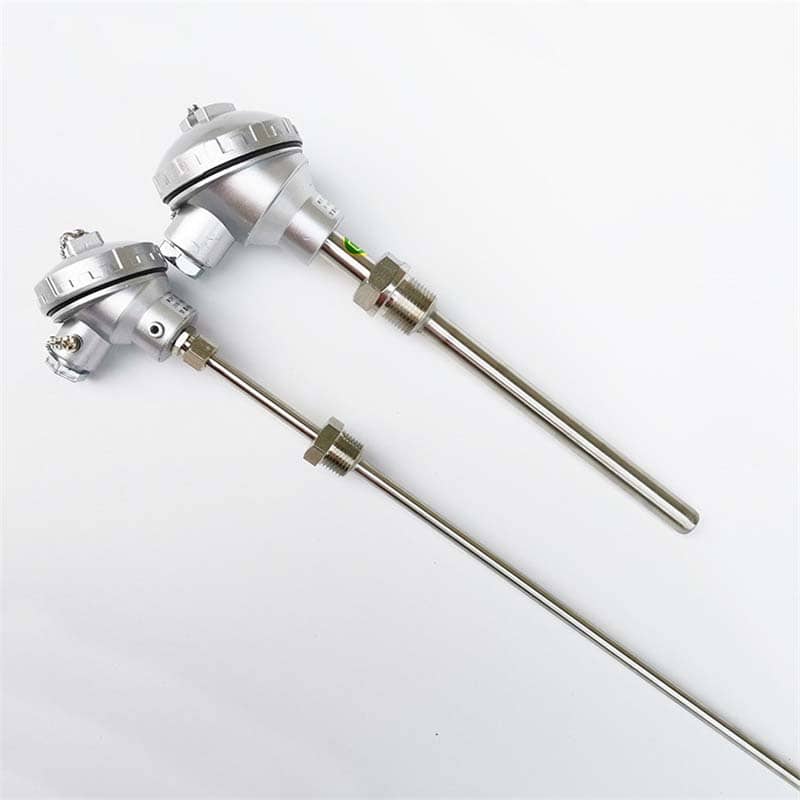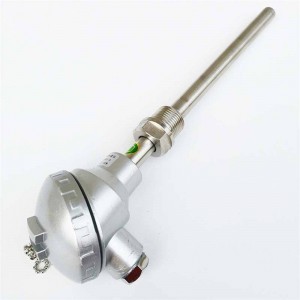Stainless steel high temperature surface type k thermocouple
Product Description
Thermocouple is a common temperature measuring element. The principle of thermocouple is relatively simple. It directly converts the temperature signal into a thermoelectromotive force signal and converts it into the temperature of the measured medium through an electrical instrument. Although the principle is simple, the measurement is not simple.

Working Principle
The thermo electric potential generated by the thermocouple consists of two parts, the contact potential and the thermo electric potential.
Contact Potential: Conductors of two different materials have different electron densities. When two ends of conductors of dissimilar materials are joined together, at the junction, electron diffusion occurs, and the rate of electron diffusion is proportional to the density of free electrons and the temperature of the conductor. A potential difference is then formed at the connection, ie the contact potential.
Thermoelectric potential: When the temperature of both ends of a conductor is different, the rate of mutual diffusion of free electrons at both ends of the conductor is different, which is an electrostatic field between the high and low temperature ends. At this time, a corresponding potential difference is generated on the conductor, which is called the thermoelectric potential. This potential is only related to the properties of the conductor and the temperature at both ends of the conductor, and has nothing to do with the length of the conductor, the size of the cross-section, and the temperature distribution along the length of the conductor.
The end that is directly used to measure the temperature of the medium is called the working end (also known as the measuring end), and the other end is called the cold end (also known as the compensation end); the cold end is connected to the display instrument or supporting instrument, and the display instrument will indicate the thermocouple generated the thermoelectric potential.











